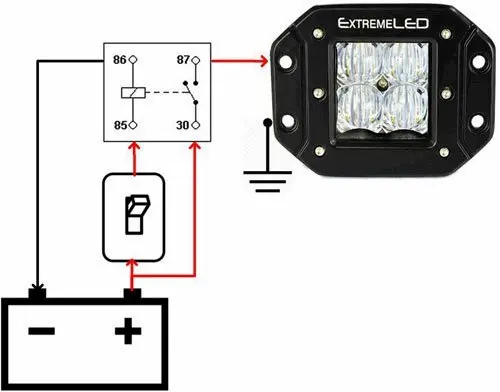salishmoto
Active Member
Interesting and detailed thread, which I appreciate. I'm not enough of an electrician to get fancy and so I have my Aux lights simply wired directly to the battery with a on/off switch I cut into the black plastic next to the handlebars. The switch illuminates when the lights are turned on, and this is a great reminder to turn them off. Other than a fuse in the system, there is nothing fancy or connected about it. Works great. My non-name brand cheapo LED lights also seem to work great for years.



